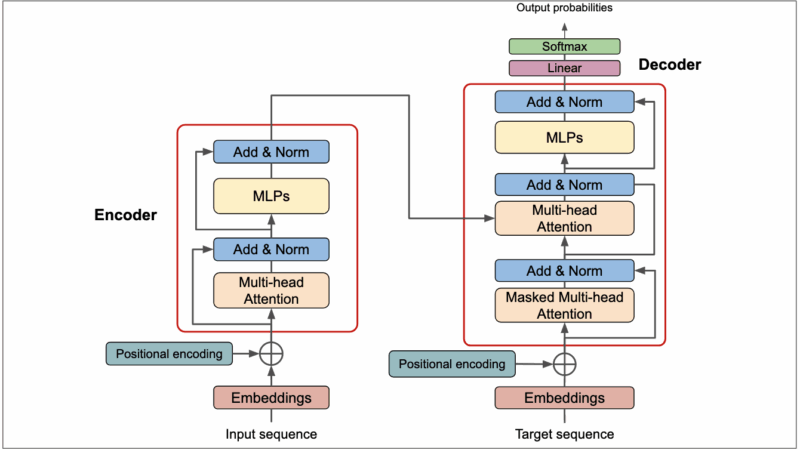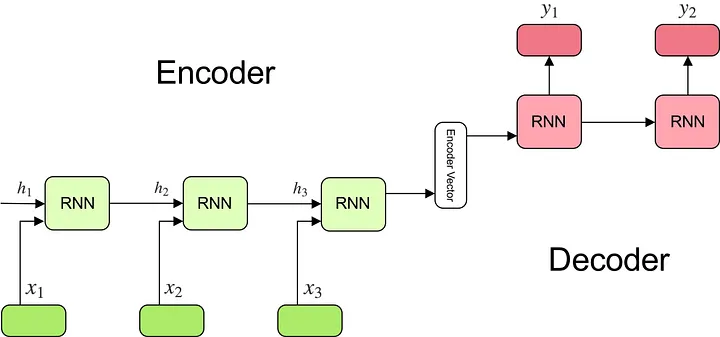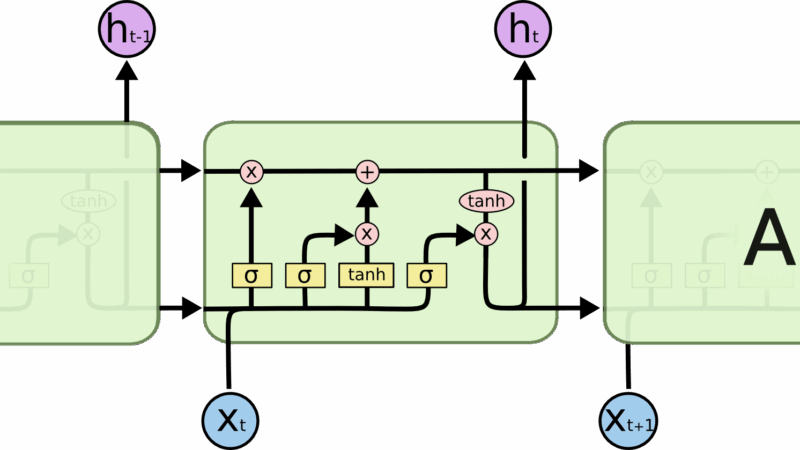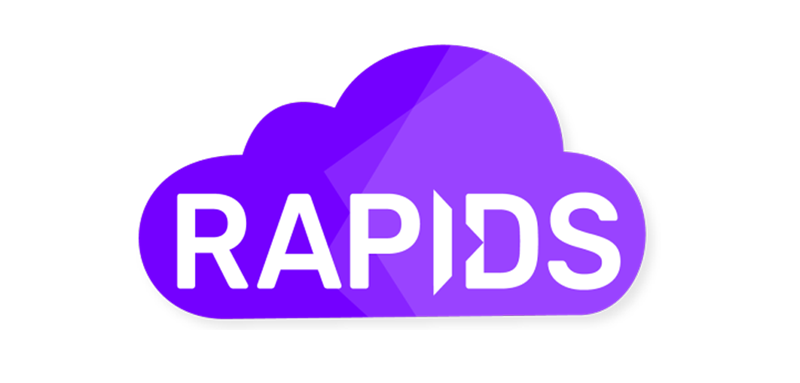The Complete Transformer Architecture: A Deep Dive
The Transformer architecture revolutionized natural language processing when it was introduced in the landmark 2017 paper “Attention Is All You Need” by Vaswani et al. This blog post explores the complete architecture, breaking down each component to provide a thorough understanding of how Transformers work. The Transformer Architecture Input Embedding Output Embedding Positional Encoding Positional […]
Deep Dive into Encoder-Decoder Architecture: Theory, Implementation and Applications
Introduction The encoder-decoder architecture represents one of the most influential developments in deep learning, particularly for sequence-to-sequence tasks. This architecture has revolutionized machine translation, speech recognition, image captioning, and many other applications where input and output data have different structures or lengths. In this blog post, we’ll explore: Table of Contents <a name=”fundamentals”></a> 1. Fundamentals […]
Understanding LSTM Networks with Forward and Backward Propagation Mathematical Intuitions
Developed by : tejask0512 Recurrent Neural Networks Humans don’t begin their thought process from zero every moment. As you read this essay, you interpret each word in the context of the ones that came before it. You don’t discard everything and restart your thinking each time — your thoughts carry forward. Conventional neural networks lack […]
Types of Recurrent Neural Networks: Architectures, Examples and Implementation
Recurrent Neural Networks (RNNs) are powerful sequence processing models that can handle data with temporal relationships. Unlike traditional feedforward neural networks, RNNs have connections that form directed cycles, allowing them to maintain memory of previous inputs. This makes them particularly effective for tasks involving sequential data like text, speech, time series, and more. In this […]
RAPIDS: Accelerating Data Science with cuDF and cuML
cuDF: GPU-Accelerated DataFrames GPU-Powered Data ManipulationcuDF harnesses NVIDIA GPU acceleration to process large datasets at speeds up to 50x faster than CPU-based pandas operations. This massive performance improvement comes from the parallel processing capabilities of modern GPUs, which can execute thousands of operations simultaneously. Data scientists working with gigabyte or terabyte-scale datasets can see processing […]





